
Aldo Leopold, in a way, is the father of the modern conservation movement, paving the way for a general mindset on how we perceive, support, and interact with nature. In his iconic work A Sand County Almanac, he presents one of the greatest conundrums we face in our time outdoors: “All conservation of wildness is self-defeating, for to cherish we must see and fondle, and when enough have seen and fondled, there is no wilderness left to cherish.”
This hits close to home for anglers. Our entire sport is defined by interacting with wildlife and dipping our toes in their world, which obviously has an impact on that wildlife, namely fish. We’re not fish watchers; we’re fish catchers. How can we appreciate those fish if we never see or interact with them? While we may not have an answer, it does present the fact that we have an extra responsibility to care for our catch because this paradox exists.
We must interact with fish to appreciate them, which means we must protect them if we want to continue interacting with them.
Many anglers throughout history have approached catch and release from the human perspective. Legendary fly fisherman Lee Wulff thought of it this way: “The finest gift you can give to any fisherman is to put a good fish back, and who knows if the fish that you caught isn't someone else's gift to you?” And while his thinking isn’t wrong at all, we think it may be best to take it a step further—any fish has value, regardless of whether it'll be targeted by another angler at all. Each trout we catch is representative of countless more we’ll never see, and that’s a beautiful thing.
Ground zero for our daily conservation efforts happens each time we suit up for the river. If we can learn to protect the fish we target before, during, and after the catch, then we’ll be doing the best we can to keep them alive. It’s not a perfect model, but it’s what we’ve got. In this article, we’re going to offer up some tips for protecting your catch throughout the entire process.
A quick note before diving in—we’re approaching this article from a trout perspective, but most (if not all) of these points apply to any fish, from largemouth bass to bonefish and everything in between. Ultimately, if you can follow these guidelines, then you’ll be setting your target up for the best-case scenario—another day in the water, with a community of anglers on their side.
Before the Catch
It may be a morbid note to start with, but we all need to be honest about what we’re actually doing as anglers. It’s proven that catch-and-release fishing has a mortality rate. And, while it’s been debated by several outlets and in countless research projects, that rate generally falls between 2 percent and 6 percent. So, before you ever tie a fly on your line, we all need to recognize that even our best-intended pursuits have consequences. If you catch 20 trout in a single day, then the average tells us that we may kill one of them.
Why is it helpful to know this? We’ll get to it specifically in a bit, but it should broadly tell you that following these steps is critical because with every mistake and oversight, that percentage increases. Let’s keep the odds in the fish’s favor.
Use the Right Tackle
Have Your Gear Ready
Know Your Environment

During the Catch
Now, if all things go to plan, you set the hook and you’re ready for a fight. If you selected the appropriate tackle, then you shouldn’t have too much to worry about here, but there are a few things to keep in mind. First, you want to make sure you’re playing the fish for the appropriate amount of time. Obviously, you don’t want to dilly-dally too much. The longer the fish is on the line, the more energy it’s using, and the more exhaustion it’ll be facing for the release. So, fight with the intention to net the fish, not to play with it in the water.
That being said, there is a world where fish come to the net a bit too quickly. Particularly, if you’re using a heavier rod and tippet where you can get away with strong-arming your catch, you can get even a large fish in the net in a matter of seconds. It’s best to let larger fish expend a bit of energy before they get to the net because, if they’re too lively, they run the risk of beating themselves up when they get to the net. With experience, you’ll find the sweet spot—get the fish to the net quickly and efficiently. If you’re forcing it or playing with it, you’re probably doing it wrong.
Lastly, don’t drag your fish over shallow rocks to get it to the net. A thrashing trout is only concerned about one thing—getting off the hook—and will beat itself to a pulp without thinking twice. Do your best to manage the fish in at least 12 inches of water if you can.
After the Catch
Obviously, when you’re in contact with the fish is the most critical phase. Nothing signals an experienced angler more quickly than landing a fish quickly, gently, and efficiently so they can get it back in the river as quickly as possible. To get to that point, follow this steps:
Use a Net
Hold it properly (or not at all)
Let It Go
“Ethical behavior is doing the right thing when no one else is watching—even when doing the wrong thing is legal.”
As anglers, we must hold to higher ethical standards because of the nature of our pursuits. We’re toeing the line between life and death with these fish, which means we need to take what we do seriously if we want to keep them alive—and oftentimes, this means even holding to a higher standard than what’s expected of us.
Here’s another quote from Aldo Leopold: “Ethical behavior is doing the right thing when no one else is watching—even when doing the wrong thing is legal.”
In other words, let’s take pride in our ethical standards. Sure, it’s legal to catch 100 cutthroats in a day, but isn’t a dozen or so enough? It’s legal to fish in the same pool all day, but why not move down river and give those fish a break? It’s legal to head to the river on Labor Day Weekend, but can you make it to the water on a less-crowded day? All of these decisions have consequences and they shouldn’t seem like limitations—they should seem like a privilege.
Every time we hook a trout, we get the opportunity to dance with a beautiful and ancient part of the natural world. As we all know, a trout in the net is a beautiful thing, but a healthy population of trout swimming freely is priceless. Let’s act accordingly.


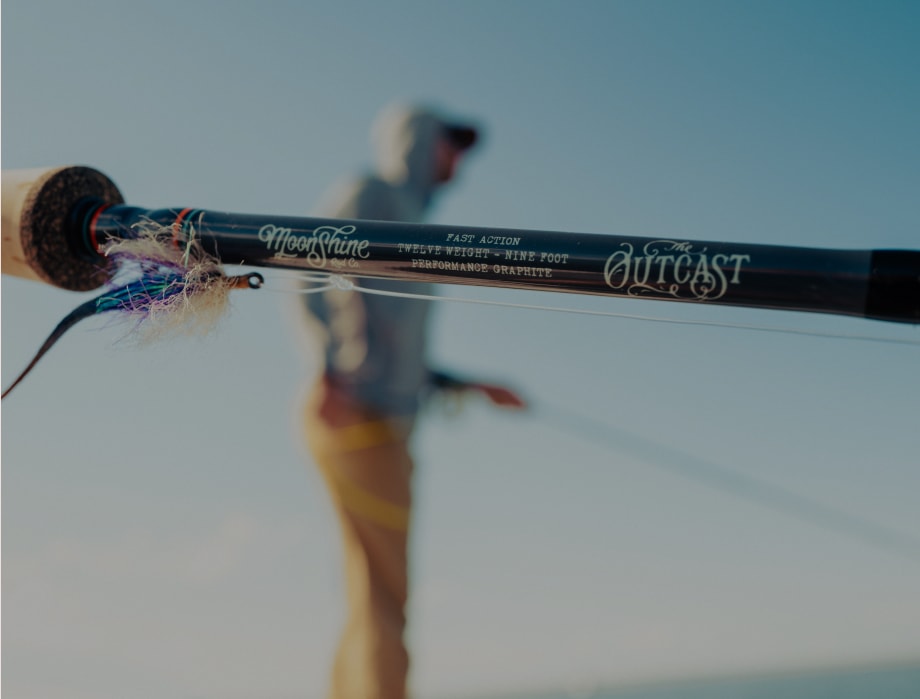
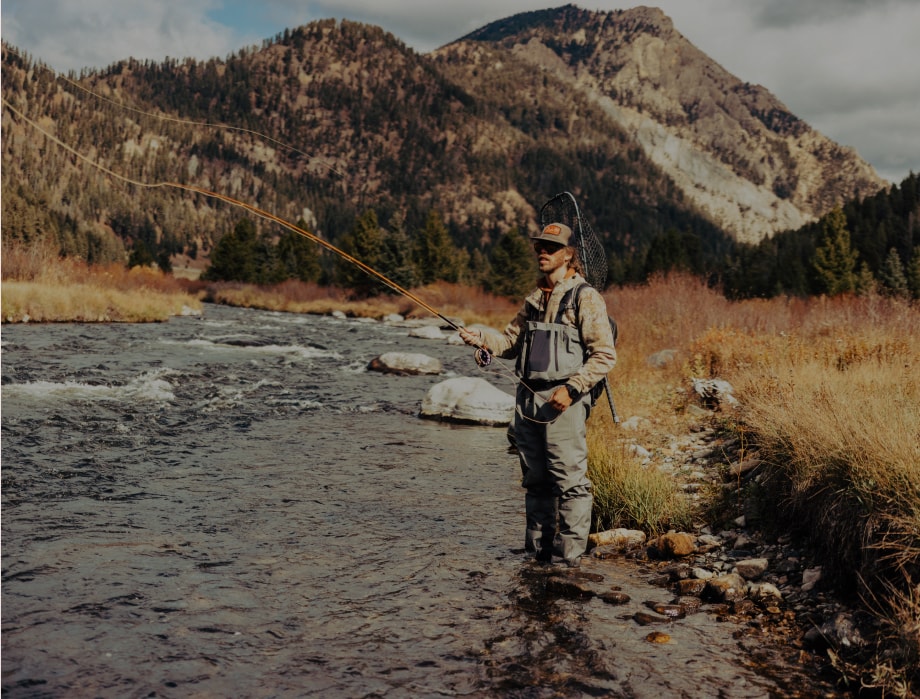
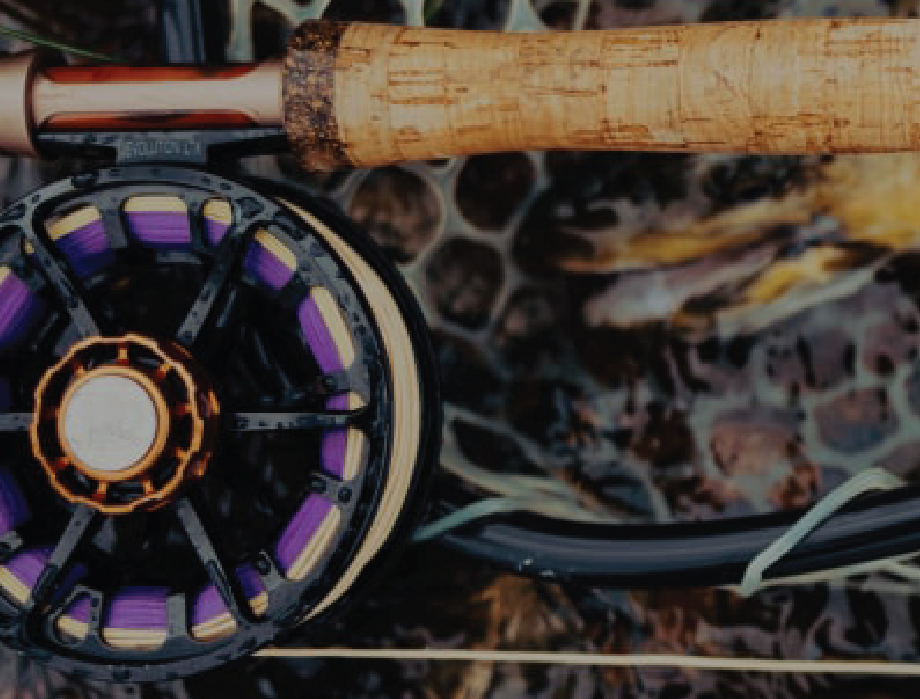


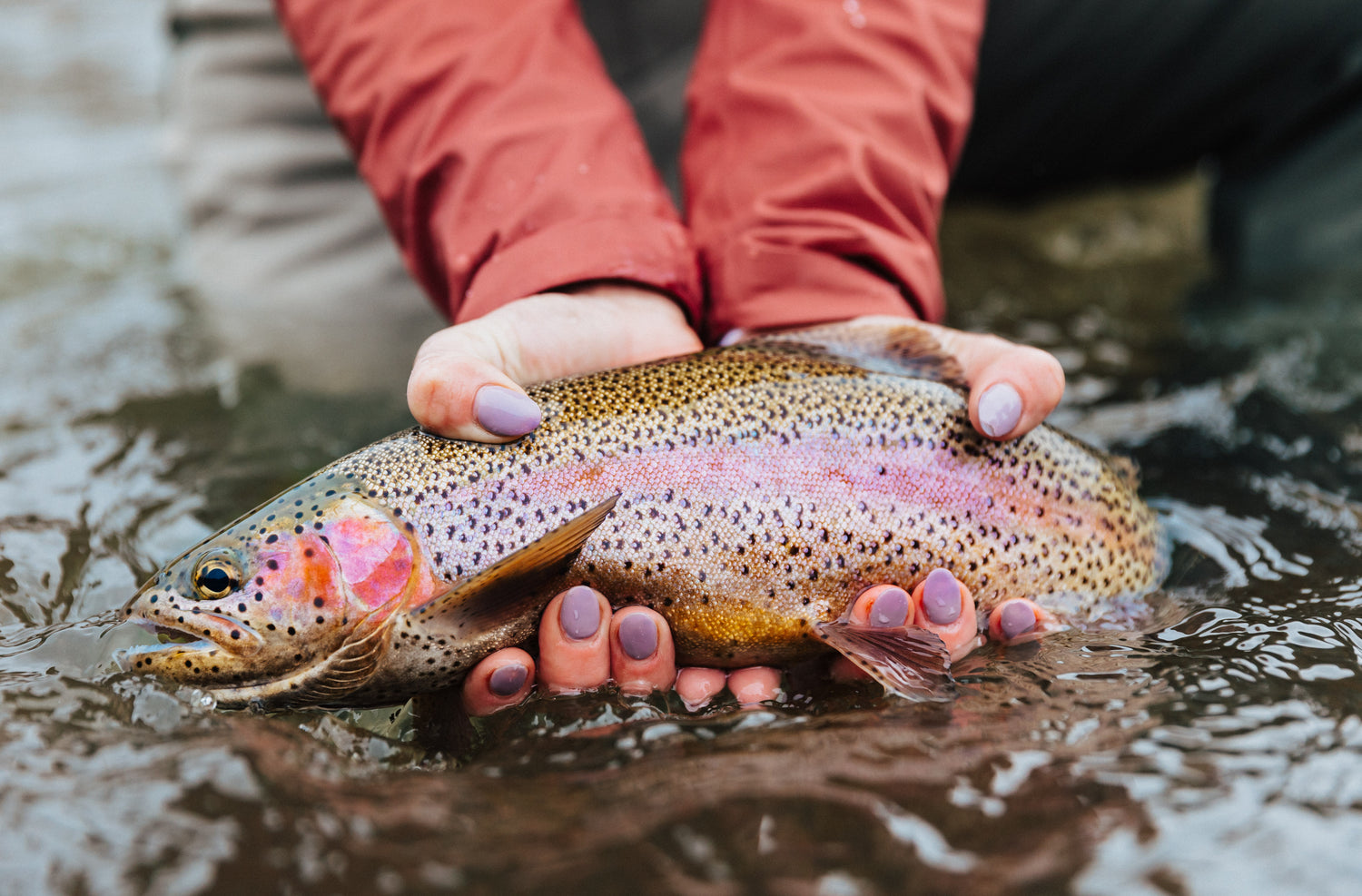

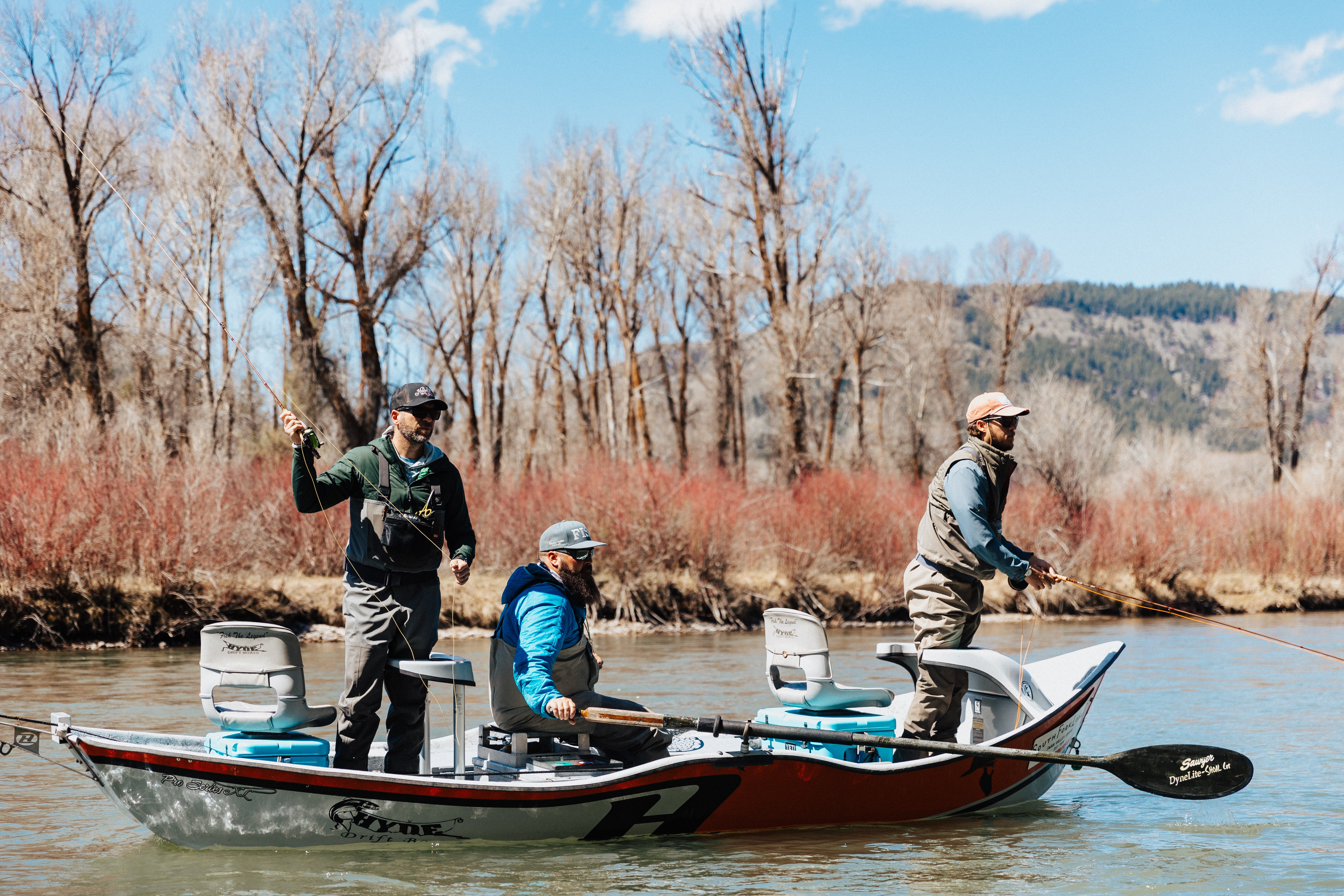
Leave a comment
All comments are moderated before being published.
This site is protected by hCaptcha and the hCaptcha Privacy Policy and Terms of Service apply.